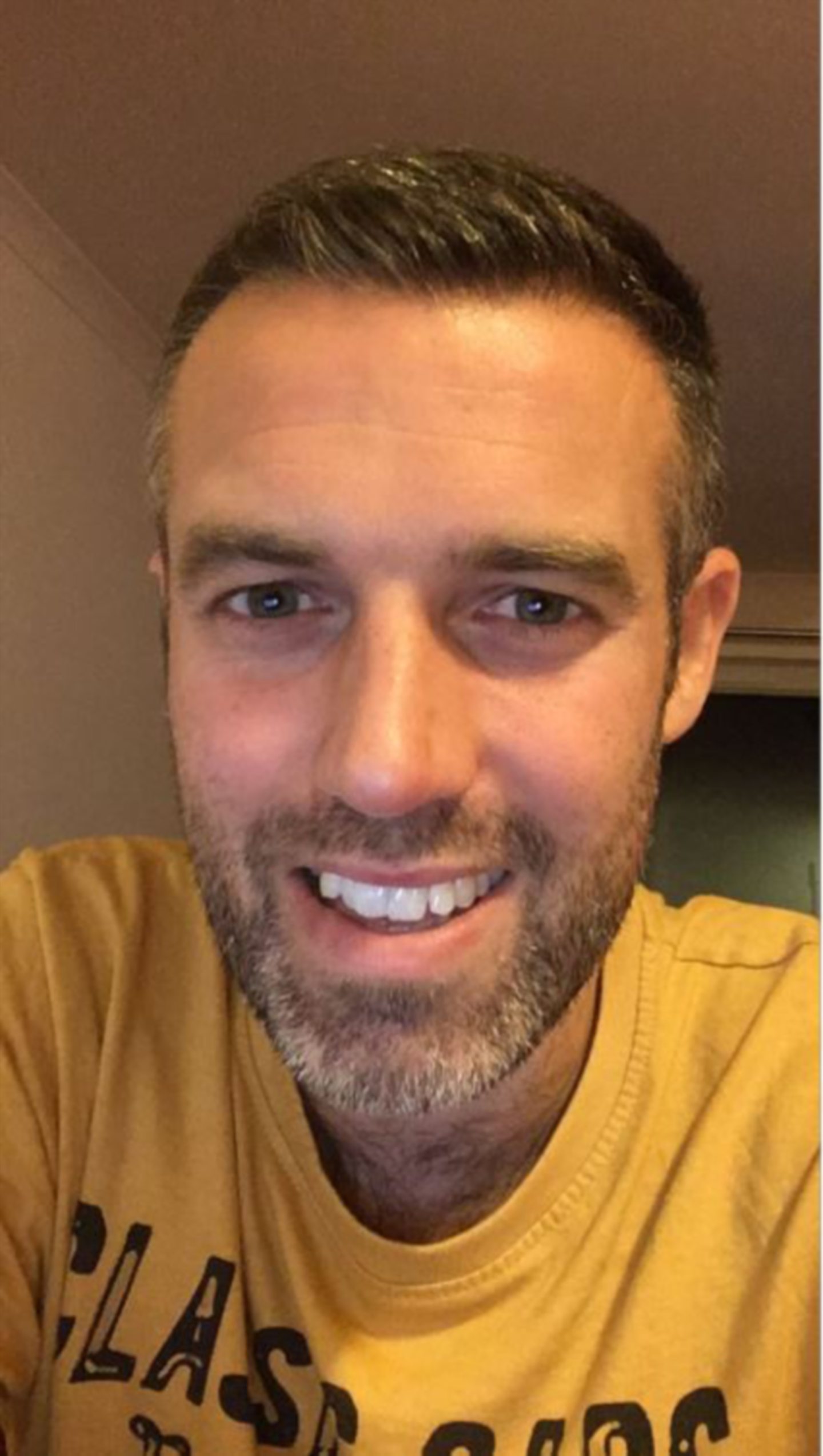For many children and young people, body image is a great concern.
Going through body changes and developments is challenging enough, yet with outside influences such as social media, young people can feel even more pressure to look a certain way to fit in.
Since April 2020, Childline has delivered almost 5,000 counselling sessions to children and young people across the UK about eating and body disorders, including 295 sessions to young people in Scotland of which more than 50% were with 12 to 15-year-olds.
The pandemic has made the past year even more difficult for young people who already struggle with body image or live with an eating disorder.
At Childline, we have heard from young people who said they were eating more during lockdowns, whether out of boredom, increased temptation around the home, or family members insisting on eating regular meals each day, which has caused them to gain weight. This has made children feel sad, guilty and even regretful. Some were worried about reactions from their classmates when they returned to school this week.
Online advertisements, messages and perceptions can affect the way in which young people view themselves
Others struggled with the disruption to their normal routines, which would usually help them to maintain a sense of control over their eating or body image problems. Many have found it challenging being cut off or having reduced contact with their normal protection services, such as eating disorder clinics, therapists and social workers.
Young people are constantly being exposed to content that gives distorted views of reality
Childline has launched a new social media campaign to help young people who are struggling with this issue. The campaign includes Childline posting across Facebook, Instagram, TikTok and Snapchat, addressing worries young people may have about this issue and signposting the service as a source of support.
Additionally, members from the NSPCC’s Young People’s Board for Change, which formed earlier this year, have been working with Childline on a video where they talk about the pressures that young people face online.
Through social media, young people are constantly being exposed to pictures and content that give distorted views of reality. These advertisements, messages and perceptions can affect the way in which young people view themselves.
As always, it’s important that children know they can talk to adults they trust for help and support. They can contact our Childline counsellors on 0800 1111 or online at childline.org.uk, where they can also speak to other young people who might be feeling the same way, via moderated message boards.
Jamie Murray is a supervisor and lead trainer at Childline Aberdeen

